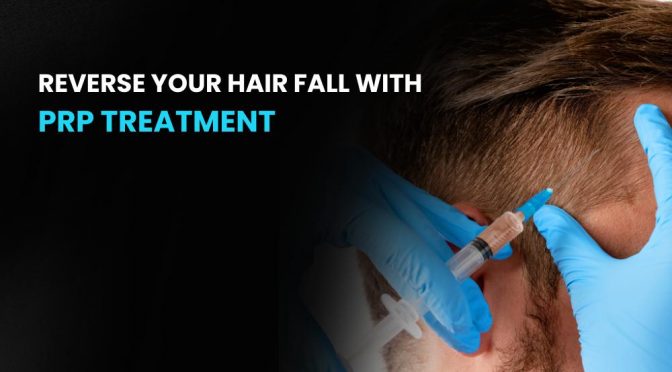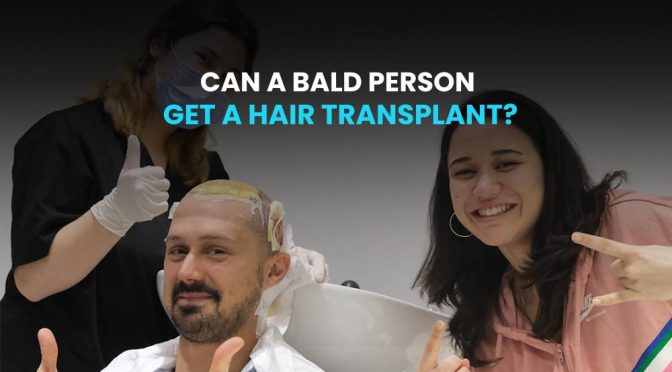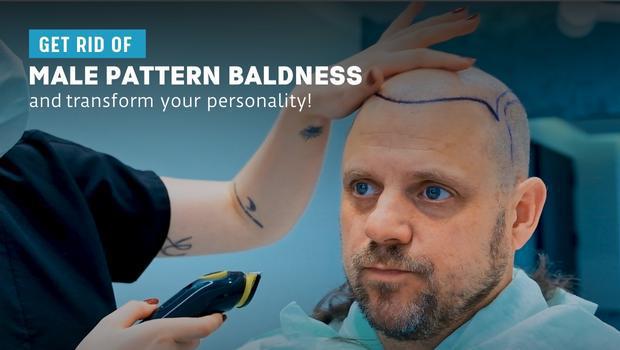Dealing with hair loss can be a challenging experience that affects not only our physical appearance but also our self-confidence and overall well-being. Whether you are a man or a woman, losing your hair can have a profound impact on your self-esteem and social interactions. Fortunately, advancements in medical science have led to the development of a natural and effective solution for hair restoration: Platelet-Rich Plasma (PRP) treatment.
PRP is the abbreviated form for platelet-rich plasma. It is a treatment that is beneficial for people who are having issues like hair fall, receding hairlines, bald patches, and the like. PRP treatment is instrumental in boosting natural hair growth cycles all the while keeping hair follicles healthy and the hair strands thick. It is often administered to patients who are opting for hair transplants to ensure the results are satisfactory, to say the least! In this comprehensive guide, we will explore the ins and outs of PRP treatment, how it works, its potential benefits, and what you can expect from this innovative procedure.
How does the PRP process work?
Generally, in leading hair transplant clinics in Istanbul and clinics across the globe, PRP therapy consists of three simple but crucial steps. A person would need at least three sessions with their PRP treatment specialist for successful results. Bear in mind that there should be at least six weeks gaps between each PRP treatment session.
After the process or rather treatment is over, you would need to take good care of yourself for more than 6 months to see positive results.
With that being said, let us take a quick look into how the treatment is administered in the following sections:
Step number 1
The specialist will draw blood from your arm and put the sample inside a centrifuge.
Step number 2
The blood taken from you will be now separated into three distinct layers after spending about ten minutes in a centrifuge. The layers are:
- A layer of platelet-poor plasma
- A layer of platelet-rich plasma
- Layer containing red blood cells
Step number 3
The PRP or platelet-rich plasma will be now drawn into a syringe by the specialist. He/she will now inject the PRP into the area(s) that will receive the hair transplant as well as the area(s) from where the live hair follicles will be taken. This will help in boosting the growth rate in these areas.
In the opinion of an expert associated with a leading hair transplant clinic in Turkey, the PRP treatment process, similar to the hair transplant process has a lot of research and studies backing it up thereby labeling them both efficient and trustworthy. So you can go through this process without thinking twice.
Benefits of PRP treatment
The complexity of the structure, as well as the characteristics of a typical hair follicle, is complex, to say the least. Several factors at play can enhance or put a premature end to the growth/life cycle of a hair follicle. The factors are:
- PDGF
- EGF
- TGF
- FGF
- VEGF, etc.
These factors control the active phases of a healthy hair follicle by introducing the Telogen and Catagen phases.
When you are going for PRP treatment along with a hair transplant, you will be getting the following benefits:
- The donor follicles will be strengthened along with the area that is receiving the transplant
- There will be a significant increase in the graft yield rate
- There will be a reduction in the graft transaction rate thus accelerating the rate of healing of both donor and recipient areas.
Is PRP Treatment Right for You?
PRP treatment can be a suitable option for many individuals experiencing hair loss. However, it is important to consult with a qualified healthcare professional to evaluate your eligibility for the procedure. During your consultation, the healthcare professional will assess your hair loss condition, medical history, and any underlying factors that may influence the success of PRP treatment. They will also discuss alternative treatment options and help you make an informed decision.
Conclusion
If you are interested in exploring PRP treatment for hair restoration, we at Bluemagic Group Clinic are here to help. We offer free consultations with our experienced team of hair restoration specialists who can assess your condition and provide personalized treatment recommendations. Our clinic is dedicated to providing high-quality, safe, and effective hair restoration solutions to help you regain your confidence and feel like yourself again. To book your free consultation, visit our website and book today.



